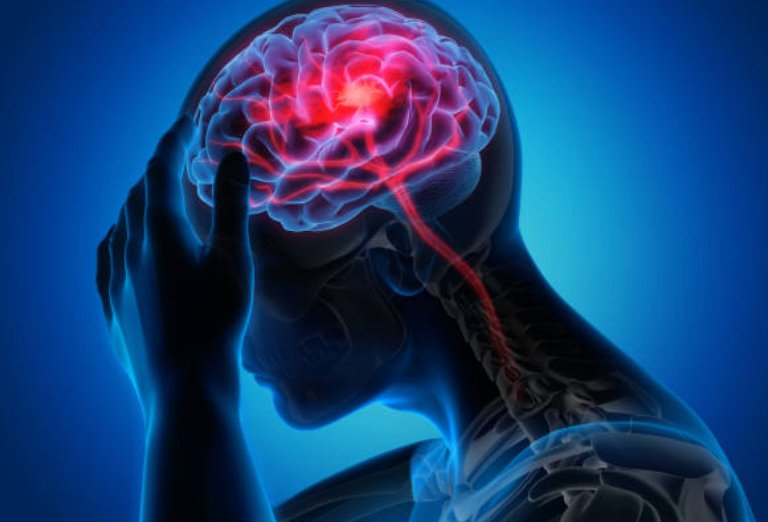Stroke Rehab with Vibration Therapy
Local vibration therapy (LVT) has garnered interest in the scientific community as a potential intervention for stroke patients, particularly those experiencing spasticity, a condition characterized by increased muscle tone and stiffness.
The Pulse Device may be used on an individual after suffering from a stroke, alongside their recovery and rehab, to promote and improve muscle strength and motor function.
Here's what some of our customers have had to say (consent received):



Click here to order the Pulse Device now.
But don't take our word for it...here's a detailed summary of findings from scientific literature regarding the benefits of LVT for this patient population:
Mechanisms of Action
1. Neurophysiological Effects:
- LVT is thought to influence neuromuscular function by altering the excitability of spinal reflexes. This may help reduce spasticity by enhancing inhibitory mechanisms in the central nervous system.
- The application of vibration may activate muscle spindle afferents, leading to reflexive muscle relaxation and improved muscle coordination.
2. Circulation and Tissue Repair:
- Vibration therapy can enhance blood flow to targeted areas, promoting tissue oxygenation and potentially aiding in muscle recovery.
- Increased circulation may help reduce edema and improve nutrient delivery to affected muscles, which is crucial for rehabilitation.
Clinical Outcomes
1. Reduction in Spasticity:
- Several studies have reported significant reductions in spasticity levels, as measured by scales like the Modified Ashworth Scale (MAS) and the Pendulum Test.
- The duration and frequency of LVT sessions have been shown to impact the degree of spasticity reduction, with most effective outcomes reported with regular, consistent application.
2. Improvement in Range of Motion (ROM):
- LVT has been associated with increased ROM in spastic limbs. This improvement is attributed to both decreased muscle stiffness and enhanced muscle activation patterns.
- Enhanced ROM can facilitate better functional movements and activities of daily living.
3. Muscle Strength and Function:
- Some studies indicate that LVT can contribute to muscle strength gains in spastic limbs, supporting overall functional recovery.
- Functional assessments (e.g., Fugl-Meyer Assessment, Barthel Index) have shown improvements in motor performance and independence in stroke patients receiving LVT.
Psychological and Quality of Life Benefits
1. Enhanced Motivation and Engagement:
- Patients often report increased motivation to participate in rehabilitation when LVT is incorporated, likely due to the perceived comfort and immediate relief from spasticity.
2. Quality of Life Improvements:
- Improved functional abilities and reduced discomfort from spasticity contribute to overall quality of life enhancements in stroke survivors.
Conclusion
Local vibration therapy appears to be a promising intervention for reducing spasticity and improving function in stroke patients. While evidence supports its potential benefits, further research is essential to refine treatment protocols and better understand the mechanisms behind its efficacy. Click here to order the Pulse Device now to use in conjunction with your rehabilitation.

